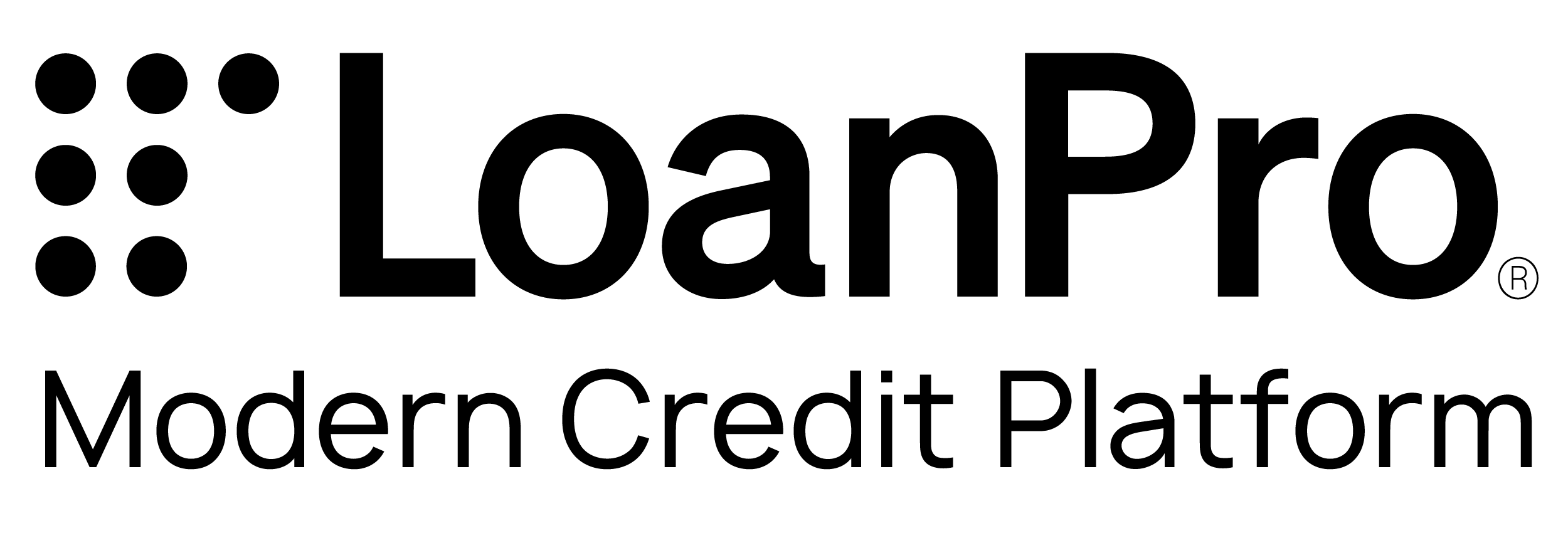Escrow management overview
An introduction to configuring and managing escrow across your loan accounts.
LoanPro’s escrow features offer a robust set of tools to accommodate any escrow needs. These tools can be used for traditional escrow purposes or other scenarios where lenders may need to collect money that does not apply to the loan payment.
The general escrow process begins with tenant configuration where you specify settings and buckets to use on your accounts. From there, you can configure escrow settings for each loan account according to your process. Escrow can be charged manually or automatically.
LoanPro also offers escrow analysis which will determine how your escrow collection is tracking in coordination with your estimated disbursements. Each of these topics are introduced in this article and further explained in detail in other escrow articles that are linked throughout this page.
Escrow configuration
Within your LoanPro tenant, you can configure escrow settings that will affect all loans in your account. This includes buckets and vendors which will help you organize your escrow charges. For step-by-step instructions, read this article on escrow buckets, transactions, and vendors.
- Buckets: categorize escrow transactions and are customizable so that each bucket can have different settings.
- Vendors: keeps a record of individuals or companies you’re sending escrow payments to. When logging transactions, you can select a vendor to be associated with the transaction.
- Transaction categories: customizable organization tool that can be assigned to each escrow transaction.
To view your current tenant configurations, navigate to Settings > Loan > Escrow Management.
Escrow on individual accounts
There are multiple ways to set up and collect escrow on an account: escrow calculator, transactions, and adjustments. The calculator is configured during loan creation, and transactions and adjustments can be made automatically or manually depending on your preference and process. Each individual account has its own escrow settings that can be adjusted at loan creation or after. The following features are available to manage escrow on an account:
- Escrow calculator: Set up during loan creation and used to charge recurring, automatic escrow payments. Escrow set up with the calculator is eligible for interest-bearing buckets and escrow analysis.
- Escrow transactions: manual tool for logging escrow deposits or withdrawals. Transactions keep a record of escrow payments but do not move any money.
- Escrow adjustments: changes made to an account after loan creation. This feature charges escrow every payment according to your specifications. This will affect all payments after the adjustment takes effect.
To view an account's current escrow settings and activity, open the account and navigate to Loan Settings > Escrow Management.
Escrow analysis
Escrow analysis is available for accounts using the escrow calculator. The analysis compares the actual collected escrow plus the expected escrow to see how the account is tracking on estimated disbursements. This offers more visibility for the lender to ensure they are collecting the correct amount of escrow.
Using each of these features in conjunction with each other will ensure an organized, simple escrow process for both the lender and the borrower.
Was this article helpful?
Unclassified Public Data
